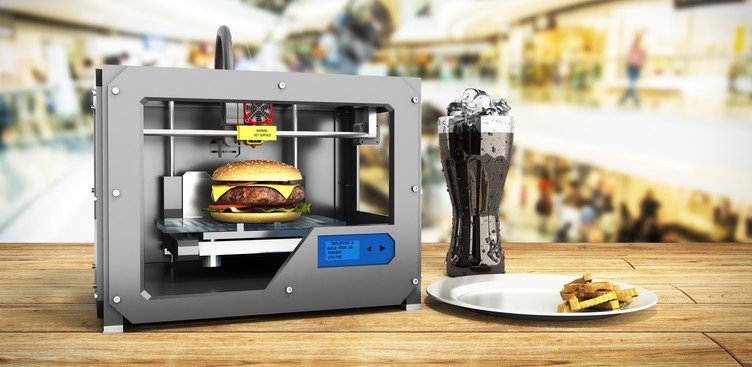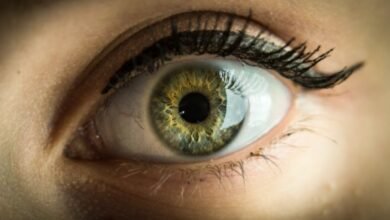
By | Bernard Marr
When Professor Mark Post created the first lab-grown burger in 2013 by using about 20,000 strands of protein, food critics who tasted it weren’t repulsed, but there was a lot to figure out before lab-grown meat would be a viable meat alternative for the masses. Since that time, progress has been made to not only reduce the costs of production, but the interest in a more sustainable and ethical food supply has also grown. The future of food might be very different than we have now with meat and seafood produced in labs or by 3D printers and even nutritionally optimized for every individual.
Interest in Alternative Sources of Food Grows
Since the world’s population is expected to reach 9 billion by 2050, there is renewed focus on how to create a food supply that can sustain this amount of people without destroying our planet. According to the U.N. Food and Agriculture Organization (FAO), industrialized agriculture is responsible for a significant portion of our air pollution, biodiversity decline, climate change and land degradation. Growing food in labs is one solution that creates more food with less space and damage to the environment if we can find a way to produce it cost-effectively at scale.
Additionally, developing countries are increasing their meat consumption, so they could quickly reach the consumption levels of North America and Australia. Additional food production increases emissions, which then can ruin the ecosystem required to sustain the animals and crops we need to feed them before they get slaughtered and processed for our consumption.






